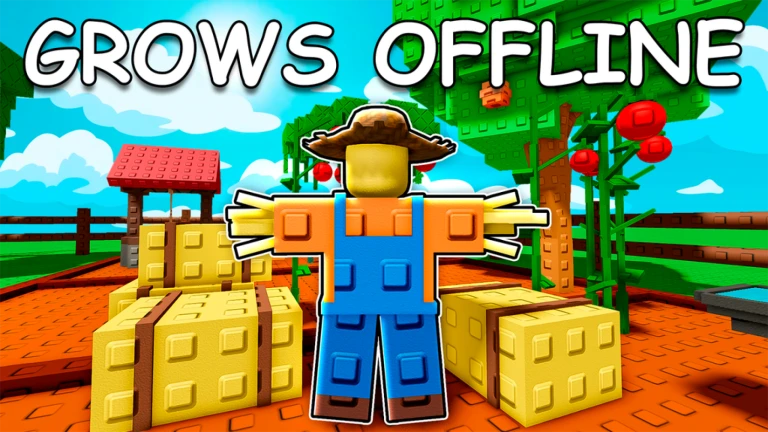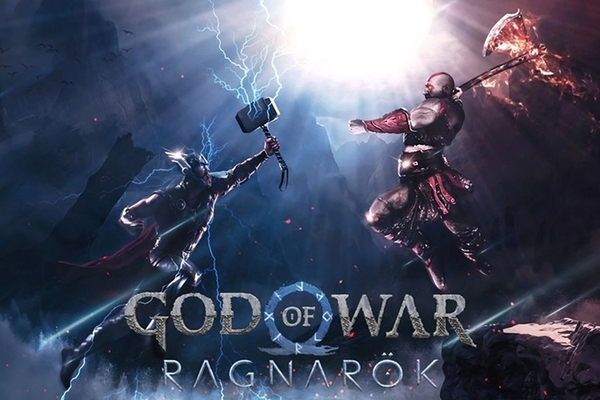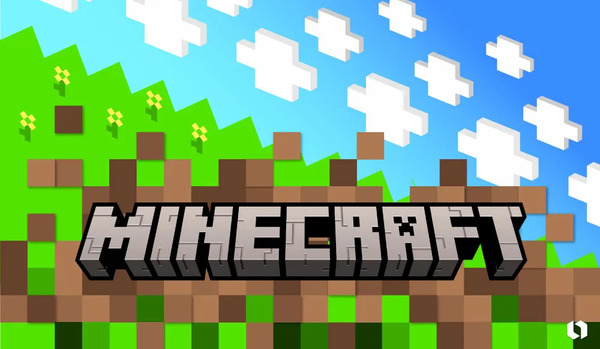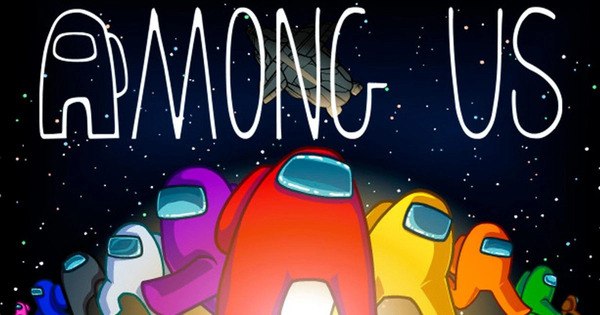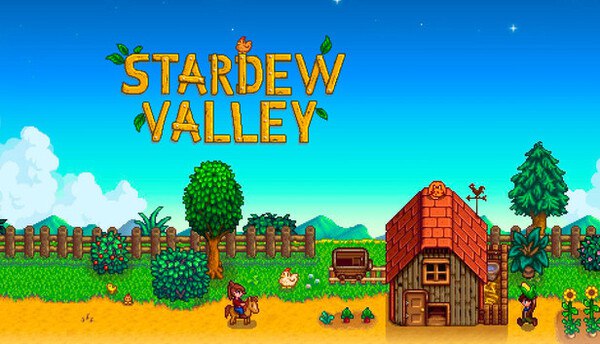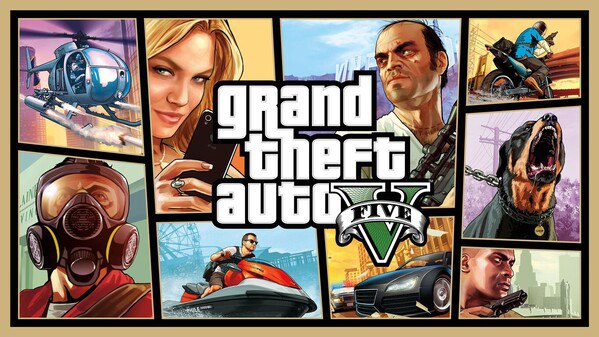1. Origins and Development of Grow A Garden Jungle
Grow A Garden Jungle debuted in mid‑2023, created by a small Roblox studio aiming to combine casual farming with ecosystem building. Inspired by farming sims, idle games, and traditional jungle ecosystems, they focused on creating a sandbox where creativity, collaboration, and growth aligned naturally.
From the start, the game emphasized gradual progression—starting with basic soil and seeds and expanding into diverse tropical environments. This slow build ensured players formed emotional attachment to both plants and animals, aligning progression both visually and emotionally. It launched on mobile, console, and PC, signaling Roblox’s push into cross‑platform simulation experiences.
2. Core Gameplay: Planting, Upgrading, and Cozy Growth
At its heart, Grow A Garden Jungle operates on core mechanics:
H3: Seed to Sapling
Each player begins with limited space and basic soil. The journey starts with planting simple seeds (e.g., ferns, bamboo). Each plant matures over time, generating “eco points” used for expansions.
H3: Soil Quality and Upgrades
Players invest in soil treatment, fertilizer, watering systems, and light modules. Upgrading soil tiers unlocks exotic flora and jungle fauna, turning the plot into biome diversity. Soil quality directly affects plant growth rates and unlockables.
Balance is key. Overplanting drains eco points, while underutilization prolongs progression. This invites strategic decision‑making even in casual play.
3. Biome Expansion: Creating a Lush Jungle
As players accumulate eco points, they unlock sections of their jungle:
H3: Expansion Tiles
Additional land tiles allow more planting, landscaping, and habitat creation. The jungle takes shape in ever‑growing Hex or square grids that form unique layouts.
H3: Setting Biomes
Players can convert zones into swamp, highland, waterfall, or flower meadow. Each biome offers exclusive plants or animals—orchids, snapping frogs, tree frogs, and even fireflies at night.
This system encourages creativity—players can replicate real habitats or create blended ecosystems tailored to their aesthetic and strategy.
4. Wildlife Integration: Fauna Joins the Forest
Once planting is robust, wildlife arrives:
H3: Attracting Animals
Completion of fauna‑friendly biomes attracts birds, monkeys, and butterflies. Some species require multiple habitat moves—e.g., birds need mature fruit trees and canopy coverage; monkeys need continuous tree lines and fruit.
H3: Animal Behaviors
Critters exhibit unique behaviors—nectar‑feeding butterflies flutter between flowers; monkeys swing, forage, groom, trigger symbiotic effects like pollination or seed spread.
Fauna adds action and gameplay variety—collecting animal sightings, photographing them for badges, or feeding them for bonus eco points.
5. Environmental Challenges and Events
To keep gameplay dynamic, the developers introduced challenge mechanics and events.
H3: Climate Fluctuations
Periodic droughts affect watering needs. Players deploy irrigation systems and weather‑resistant plants to mitigate effects.
H3: Pests and Invasive Species
Occasional pest outbreaks (e.g., leaf miner bugs or invasive creeping vines) require attention through natural predators or manual removal.
H4: Limited‑Time Events
Seasonal events like Tropic Bloom week or Rainforest Rescue offer unique seeds (pitcher plants, orchid hybrids), mini‑quests, and themed skins, adding fresh engagement.
6. Social Mechanics and Collaborative Play
Grow A Garden Jungle supports shared garden spaces.
H3: Co‑Op Mode
Players collaborate on a single plot—combining eco points, sharing expansions, assigning roles (planter, watcher, caretaker). This tests teamwork and division of labor.
H3: Jungle Exchanges and Visits
Private visits to friends’ gardens allow exchange of rare seeds. Visiting also yields small eco bonuses to visitors and hosts, encouraging community building.
7. Seasonal Updates and Content Roadmap
The game has maintained strong engagement through planned updates.
H3: New Biome Types
Introduced cloud‑forest biome, nighttime‑focused glow mushrooms, and carnivorous plant areas—each added new challenges and aesthetics.
H3: Game‑Changing Toys and Tools
Introduced rain catchers, vine loppers, micro‑irrigation sprinklers, and wildlife feeders. New decorative items like hanging lanterns make customization richer.
H3: Progression Track Expansions
Game pass introduces Prestige Mode—players reset their plot with cosmetic boosts and rare unlockable trees after jungle completion, offering infinite endgame engagement.
8. Monetization Strategies and Ethical Balance
Grow A Garden Jungle is free‑to‑play with monetization based on cosmetics and convenience.
H3: Premium Currency
"Jungle Gems" are used for speed‑up, exclusive skins, or special animals. Gems can be earned through gameplay but also purchased via optional microtransactions.
H3: No Competitive P2W Skin
Developer philosophy avoids pay‑to‑win. Gems are convenience and cosmetic focused—true progression remains tied to eco point effort.
H4: Ethical Considerations
Transparency in drop rates and value coupled with robust earning through play fosters trust. Ads are optional and yield small eco and gem rewards, avoiding disruption.
9. Community and User‑Generated Content
While Roblox supports UGC creation, this game’s tools support limited in‑game content creation.
H3: Blueprint Sharing
Players can share layout blueprints for garden design—facilitating trading of aesthetically pleasing plots.
H3: Forum and Discord Integration
Active forums and Discord server host competitions, seasonal challenges, blueprint swaps, and Q&A with developers, cementing loyalty.
